Elsie purchased the domain name for her art collection already in 2017 — around the same time as the CryptoPunk launch in 2017 and allowed her to be well-prepared for the explosion of creativity on the blockchain last year. The collection’s name, “Edicurial”, is a neologism of the verb “edit” and “curatorial”. Currently comprised of over 110 NFTs, the collection is displayed at Elsie’s home, a 19th-century artist colony, alongside physical prints, photographs, and paintings related to the digital works.
Ever since The Digital Art Collector Summit in June 2021, LARRY’S LIST came to a conversation again with Elsie discussing crypto art in greater depth: The Edicurial Collection’s theme of highlighting the sophistication within crypto art; how Elsie fell in love with “CryptoPunk #1962”; the three factors she considers when purchasing an NFT art; her most frequently used crypto marketplaces; and three crypto artists to follow.
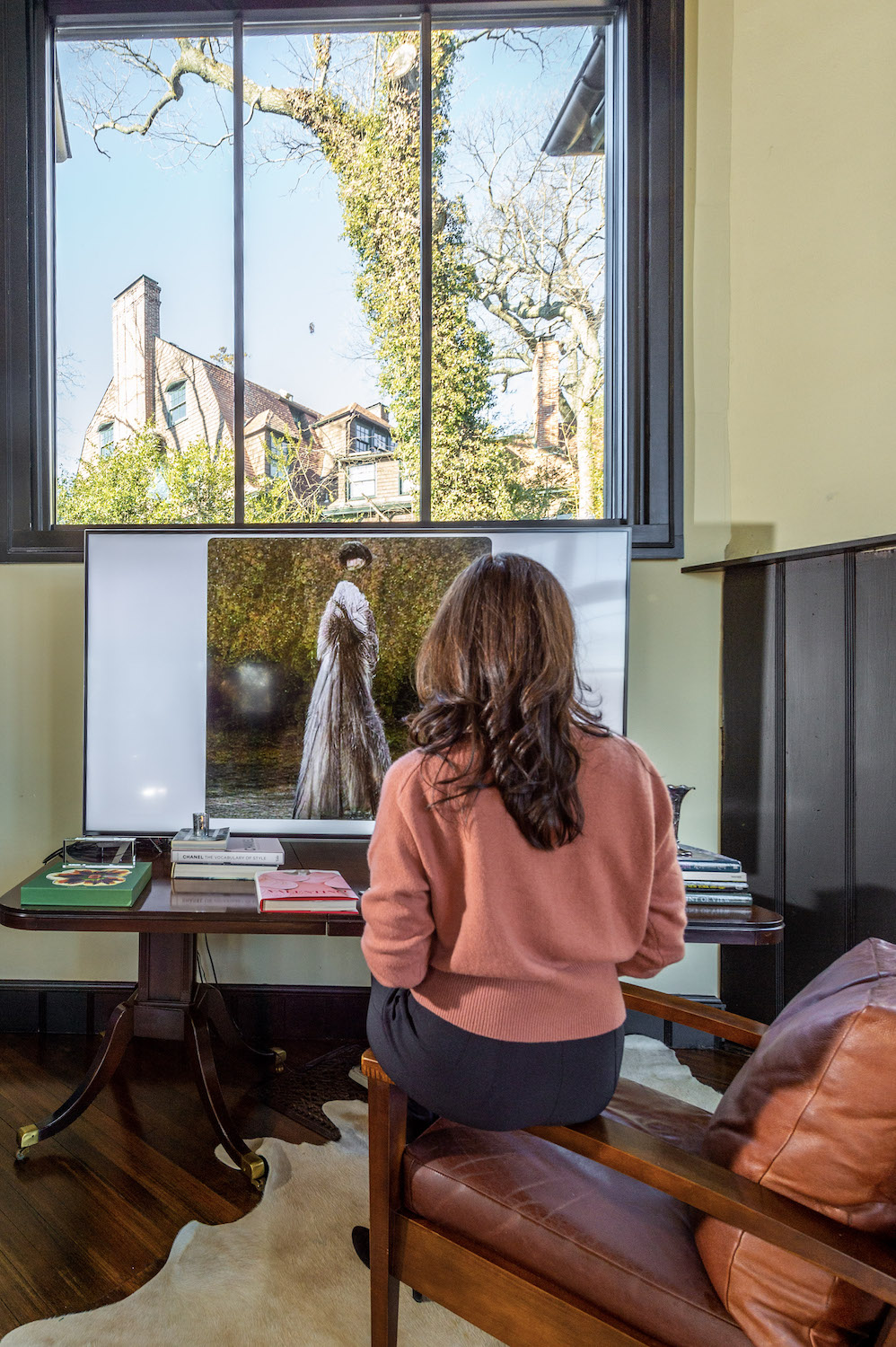
Collecting
What made you start collecting NFT art? What is the main motivation behind your collecting?
I began collecting NFT artworks in March of last year, acquiring the Edicurial domain name in 2017. At the time, I felt that a huge digital innovation related to art was coming, and so I wanted to be ready for it when it finally arrived.
My main motivation behind the Edicurial Collection is to support emerging and established crypto artists. Since 2021, I have become a digital patron of crypto art and have seen it grow into the significant artistic genre it is today.
When did you fall in love with a piece of art? What was it?
I first fell in love with crypto art upon acquiring my first major piece: “CryptoPunk #1962”. This 40×40 pixel artwork comes from a culturally iconic series to the crypto art community, and fueled my desire to acquire more non-fungible artworks.
Is there a theme that unites all the works you have acquired? If so, what is it?
All of my acquisitions in The Edicurial Collection present a thoughtfully selected group of works from traditional, digital, and crypto artists, who have transitioned into the metaverse.
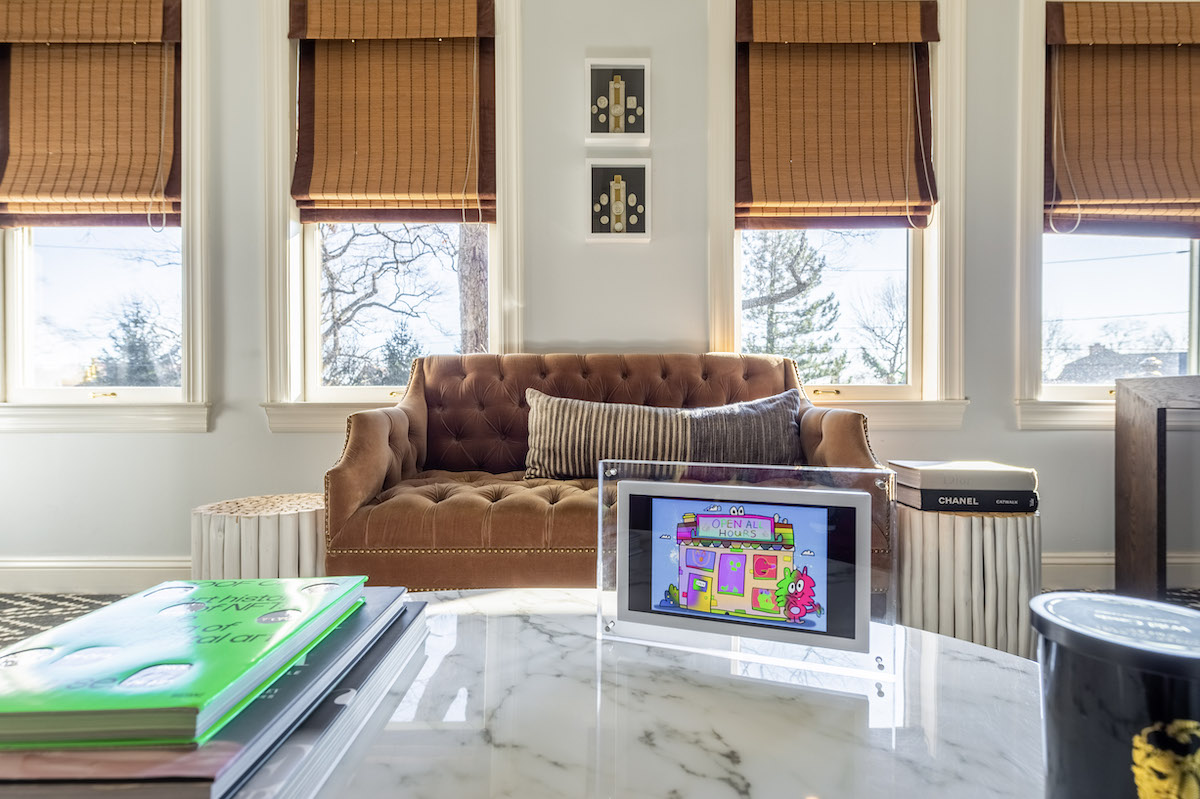
What were the first and the latest NFT-based artworks you have purchased?
One of the first NFT pieces I bought was “CryptoPunk #1962” by Larva Labs, and the most recent was “EVAH Genesis Sculpture” by 3D artist Borya XYZ. These pieces demonstrate just how far crypto art has come in such a short period of time!
How many NFT-based and physical artworks do you own? Where do you display them?
At present, the Edicurial Collection owns over 110+ NFTs, including many exclusive air-dropped works from artists. My pieces are curated in order of Galleries One, Two and Three on my website (edicurial.com / twitter.com/ elsie_edicurial), and I also enjoy displaying physical editions in my home.
Throughout the house, NFTs are presented on monitors which range from being small and portable to large and rotatable. Artists occasionally send physical prints, photographs, and paintings related to their digital works (a few examples including Espen Kluge’s “now what, else” and Pindar Van Arman’s “AI-Magined Face”), and these are subsequently exhibited on walls in conjunction with my displays.
![Espen Kluge, 'now what, else' [far distance, left] at Elsie's 19th-century home. Courtesy of The Edicurial Collection](https://www.larryslist.com/artmarket/wp-content/uploads/Edicurial5.jpeg)
Can you tell us more about your home? Does it bode well with your NFT collection?
My home, built in 1891, is set within a 19th-century artist colony. It was originally home to husband-and-wife artists, Will Hicok Low and Mary Fairchild MacMonnies Low, who were quite famous during this period. The largest room was their studio, and it remains almost entirely preserved. The bas-relief set in the chimney breast is by Augustus Saint-Gaudens (perhaps the most important American sculptor) and is the original plaster version of one of his best loved works, ultimately cast in bronze. The medallion was intended to unite the friendship of three creators; a sculptor, a writer, and a painter. The reclining figure in the medallion is Robert Louis Stevenson. Above him is Stevenson’s poem, “Lines to Will Low”, describing the artists’ life-long, and often treacherous, pursuit of beauty.
This is no different from the digital art collaborations we are seeing today! I find the juxtaposition of truly cutting-edge crypto, generative, and AI art displayed against the backdrop of this historic studio very stimulating. I’d like to think the Lows — who were known to be very forward-thinking — would love it!
Have you ever presented art collection publicly?
I have, on multiple occasions! Works by artists such as Mattia Cuttini, Alexa Meade and Linda Dounia from the Collection have been exhibited at iconic NFT auctions, exhibitions, and publications. Examples include Cambi Auction House’s “Dystopian Visions”, Le Quotidien de l’Art’s #FIAC, the very first NFT LDN, and the latest edition of Art Basel Miami.
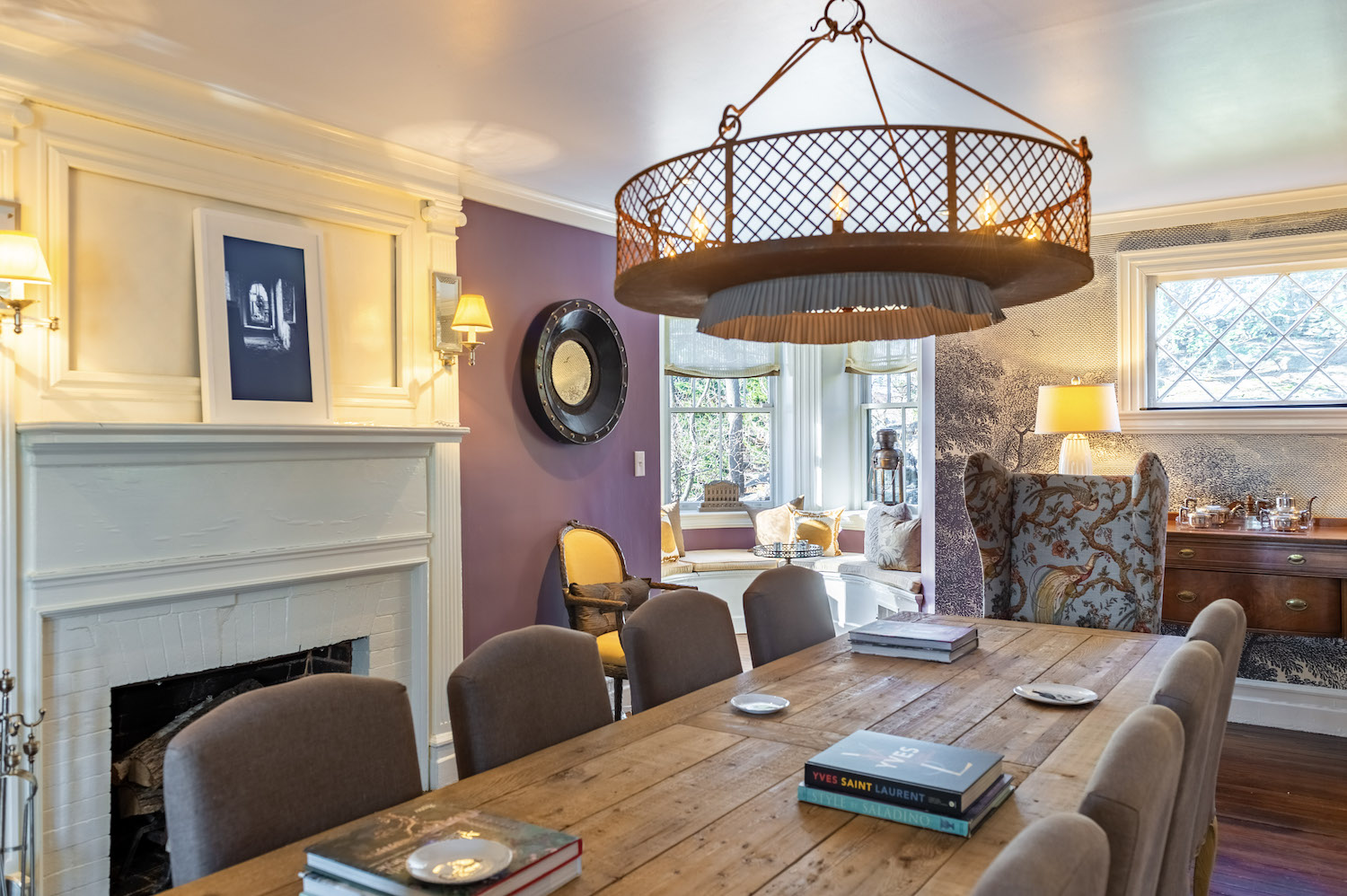
What is your most treasured artwork?
That is a very good question. My most treasured work is The Edicurial Collection itself, as its pieces relate to the one theme of highlighting the sophistication within crypto art. I appreciate each piece in the collection individually, but also find it interesting to consider how they relate to each other as a whole.
What factors do you consider when purchasing an NFT art?
When collecting new pieces for the Edicurial Collection, I take three goals into account:
I wish to support emerging and established artists within the NFT community, acquiring pieces that help to foster new collaborations and ideas.
I wish to identify those who will eventually steer the evolution of NFTs, pioneering innovation on the blockchain for years to come.
I aim to provide as much documentation of artists’ origins and achievements as possible, archiving this period of history through my interactions with creators.
Currently the quality of NFT art varies largely. What is a good piece of digital art according to you?
I think the quality of art in general varies largely, depending on who is viewing it. A great piece of crypto artwork demonstrates artistic integrity, instances of collaboration and a drive for experimentation. I am more inclined to invest into 1/1 works rather than collectible series, however this varies depending on the creative depth behind the project.
![On a desk: Luxpris, 'The Grand Assimilation' [middle-right]; Espen Kluge 'now what, else' [right]; Sasha Stiles, 'Technelegy' [book]. Courtesy of The Edicurial Collection](https://www.larryslist.com/artmarket/wp-content/uploads/Edicurial8.jpeg)
How do you discover NFT artists? Which platforms do you use the most, and why?
I discover NFTs through a variety of means: in online auction events, metaverse meet-ups and on social media (Discord and Twitter). I regularly consult crypto art advisor Fanny Lakoubay and art/content manager Harry Martin from LAL ART to manage my collection and learn of new, exciting projects within the space. My most frequently used marketplaces are KnownOrigin, Async, and SuperRare; however, I have recently taken to using alternative platforms, such as Feral File and Institut.
Have you ever bid at any NFT art auction? If yes, how was the experience?
I have — the experience was wonderful! Competing with anonymous and (very) well known) traditional and digital collectors, you never truly know if you will succeed during a crypto auction. Given the large number of players, platforms, and conditions exist in the acquisition process, auctions are exciting through and through.
Do you prefer to buy NFT art from online auctions or at fixed prices?
I do both. I have no preference — the quality of the art is what matters.
![Ryan Van Der Hout, 'Companion Collecting Dust' [left]; and Ola Volo, 'Aphrodite (Blue - animated)' [middle]. Courtesy of The Edicurial Collection](https://www.larryslist.com/artmarket/wp-content/uploads/Edicurial4.jpeg)
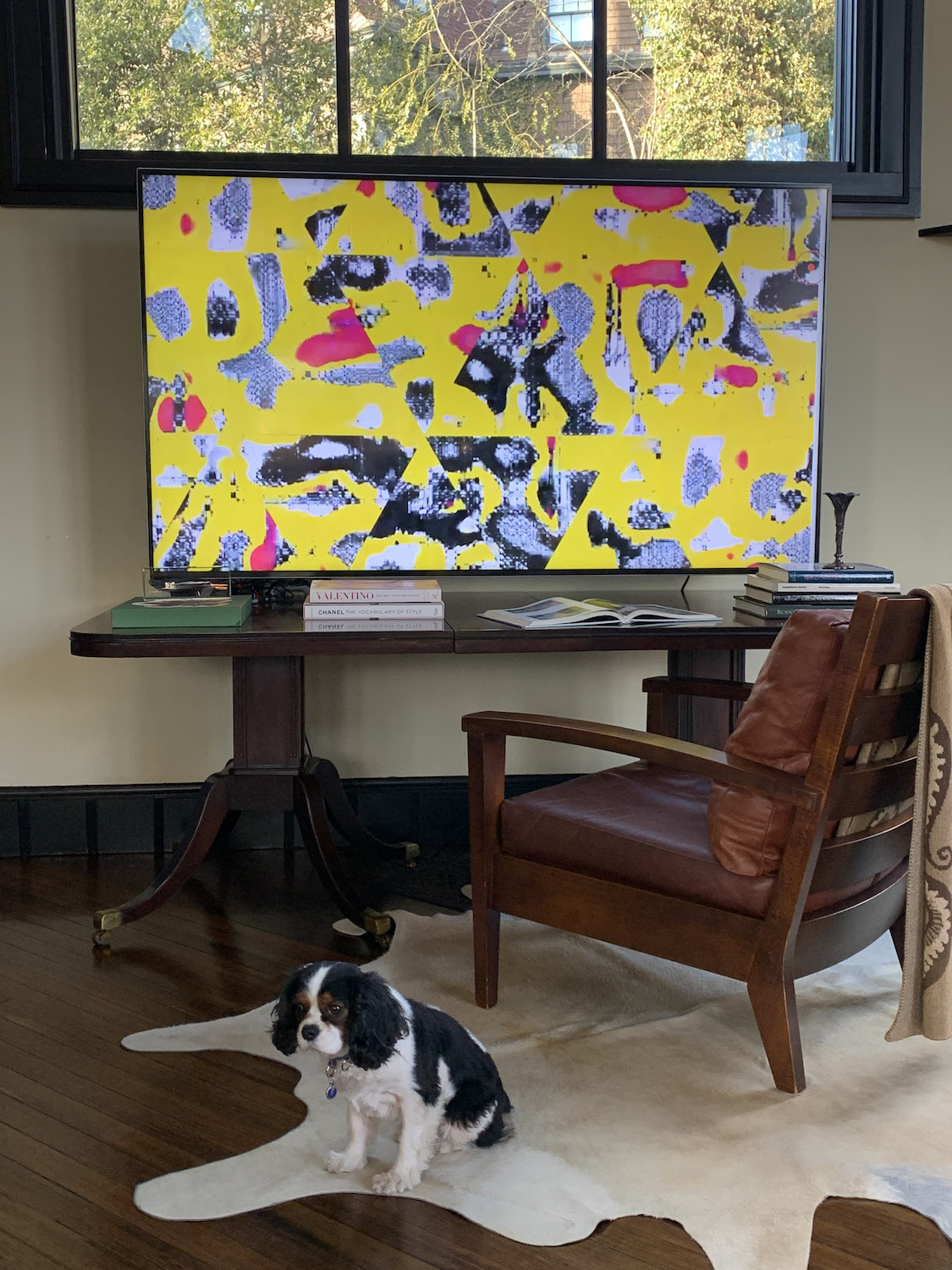
The NFT craze
Some may think the current NFT craze in art is just based on speculation. What do you think about this?
I can sympathize with people who believe NFTs are speculative. Without any former knowledge, it is easy to think that NFTs only amount to the same speculation as their respective cryptocurrencies. A series of 10,000 collectibles may sell well one week, tank the next, and return only to incur exclusivity between those who can and cannot afford them. This is more prevalent today, as collectible series contribute to over 60% of the NFT market on Ethereum alone.
It is important to remember that this is a cultural issue, representing a small demographic of collectors. Not all NFTs are collectibles, and not all crypto artworks are subject to this same degree of speculation. Not all NFTs even exist on the same blockchain. There are endless affordable works from creators and organizations in art, music, media, literature, and sports which consistently redefine what is possible through decentralized technologies. All you need to do is look.
There are divided views towards the development of NFT in art. What are your views?
It is hard to come to terms with development, as historically it is usually unexpected, sought from crisis, and presented in an unfamiliar format. Depending on one’s experience with such development, this can either motivate, deter or turn them away for a variety reasons.
In building the Edicurial Collection, I can understand why non-digital natives, arts and cultural institutions may dislike NFTs. They receive ominous headlines, with stories ranging from detrimental ecological impacts to being unaffordable. Such press usually does not consider the opposing argument, and as a result, people are not fully informed of the exciting developments that NFTs have to offer.
There are blockchains such as Tezos and Palm which resolve ecological impacts through proof-of-stake protocols. High-quality, grassroots NFTs can be bought on platforms such as OBJKT.com, and endorsements from traditional institutions and cultural events are being announced seemingly every day. These are all exciting prospects which inform the crypto art ecosystem; however, they are also commonly overlooked in the news.
In reality, NFTs can be found at any price point, and price does not necessarily correspond to quality. The main issue which limits their development in traditional contexts is a lack of supporting educational resources. However, this is being resolved between traditional and digital organizations as we speak.
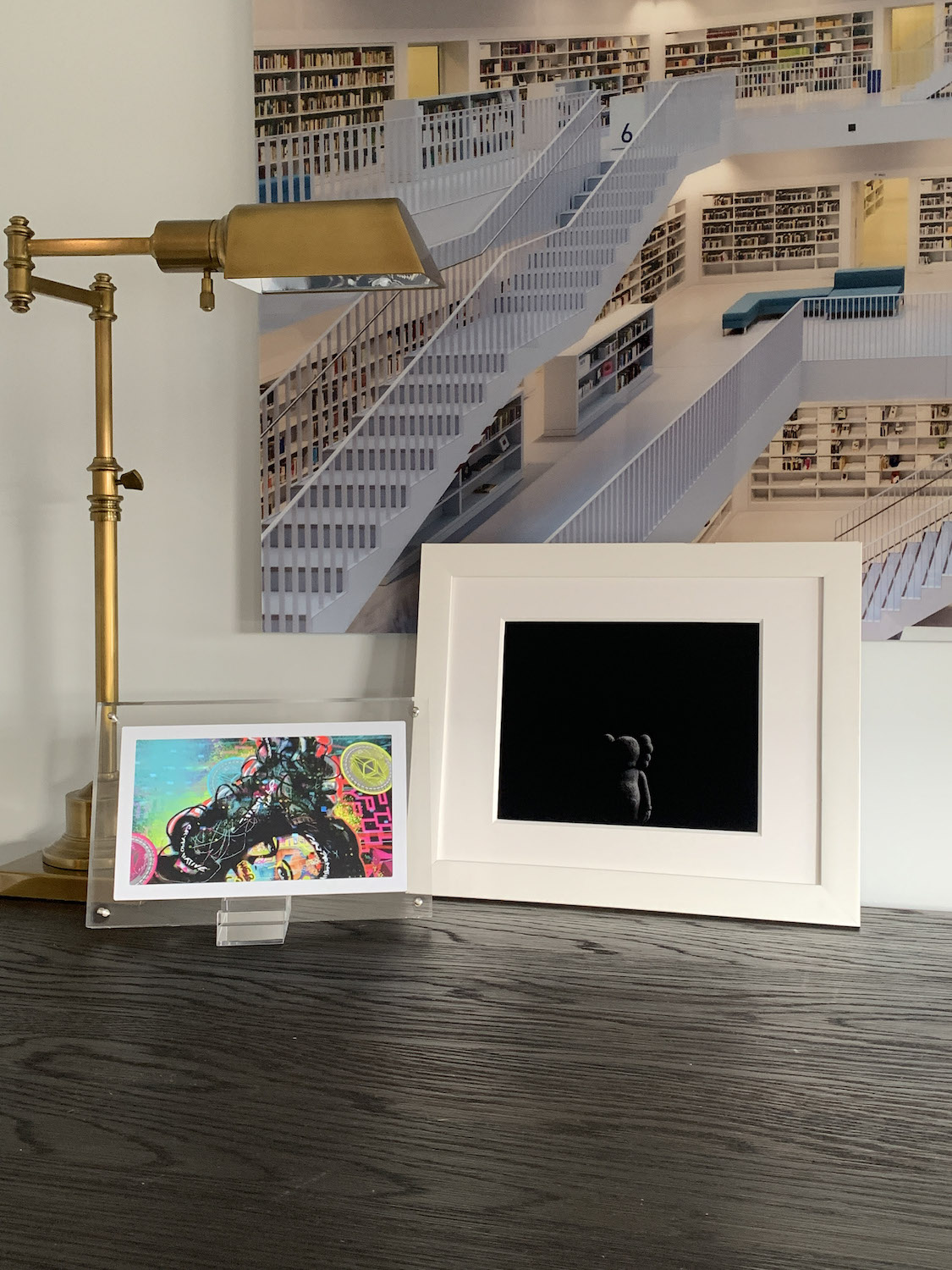
And what is your vision for the future of NFT art in the next three to five years?
Your guess is as good as mine. My only prediction is that crypto art will become more immersive and sophisticated than we could ever have imagined. I am very much looking forward to it.
What is your advice to art collectors or art lovers who would like to venture into collecting NFT-based art?
Start with what you can afford, spread your acquisitions across multiple marketplaces, engage with NFT communities on social media and speak with the artists as much as possible. You will be convinced about NFTs immediately and invited to crypto art discussions and events before you know it!
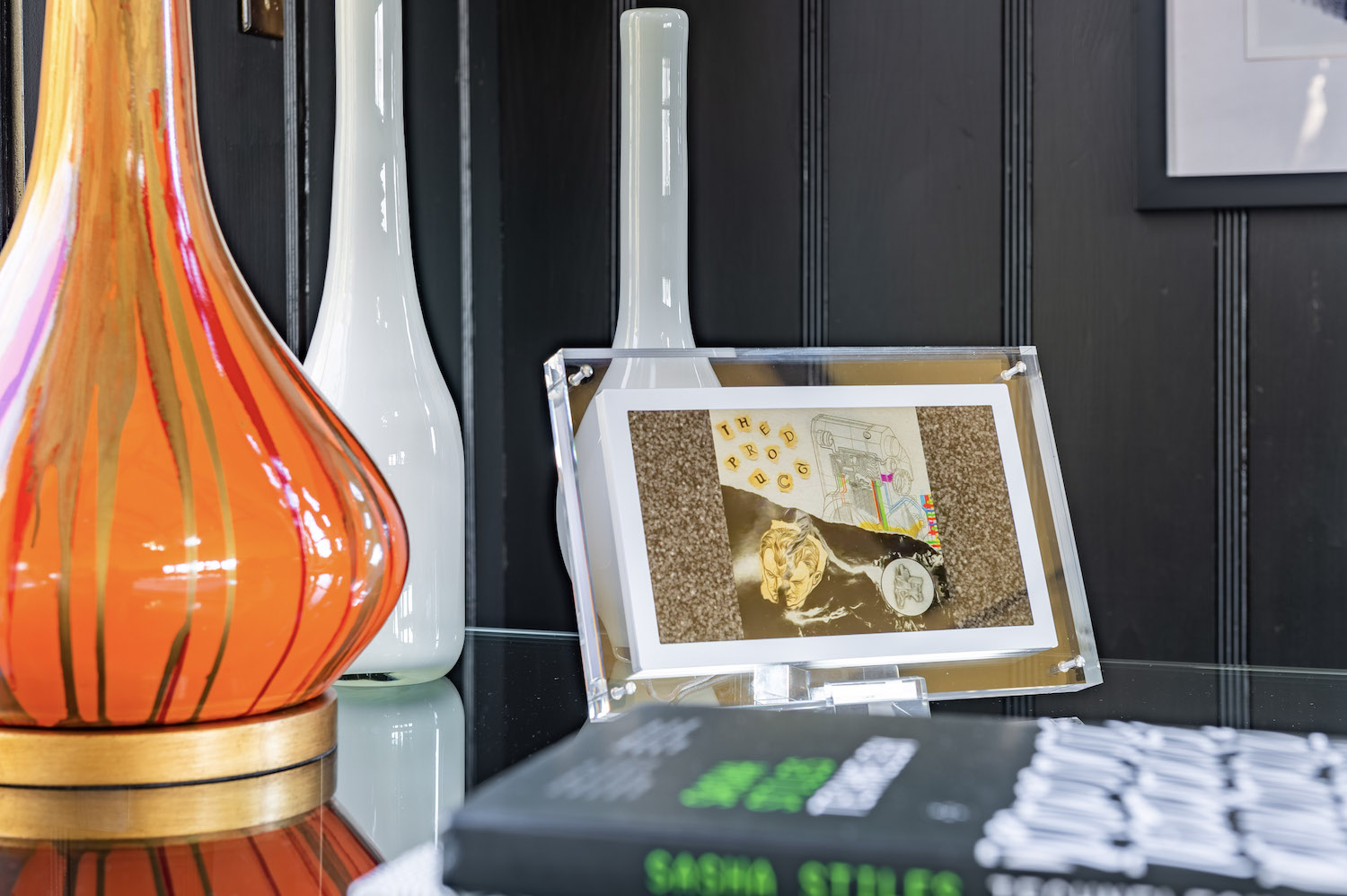
Can you name three NFT-based artists to follow?
Of course! For those exploring crypto art for the first time, I would highly recommend artists Linda Dounia, Espen Kluge, and Osinachi. Each of these creators represent an early innovation in NFTs, demonstrating success against the odds, cultural crossovers through collaboration, and the discovery of new artistic genres (such as Generative Art).
Dounia, Kluge and Osinachi helped to shape the Edicurial’s genesis collection. They have received global recognition from international news outlets, been included in ground-breaking digital and physical shows, and auctioned at archetypal, cross-chain auctions. I would highly recommend them to anyone.
What are you especially excited about in regard to art in 2022?
There are several innovations in NFTs to be excited about in 2022. The prevalence of metaverse spaces, the emergence of digital fashion, DAOs, traditional and digital crossovers, and new ventures in crypto art are all things to keep an eye on this year!
Related: The Edicurial Collection
Instagram: edicurial_
Twitter: @elsie_edicurial
A selection of crypto artists Elsie collects:
LaTurbo Avedon
Linda Dounia
Hackatao
Alexa Meade
Osinachi
XCOPY
This interview was successfully carried out thanks to the facilitation of Fanny Lakoubay.
By Ricko Leung





